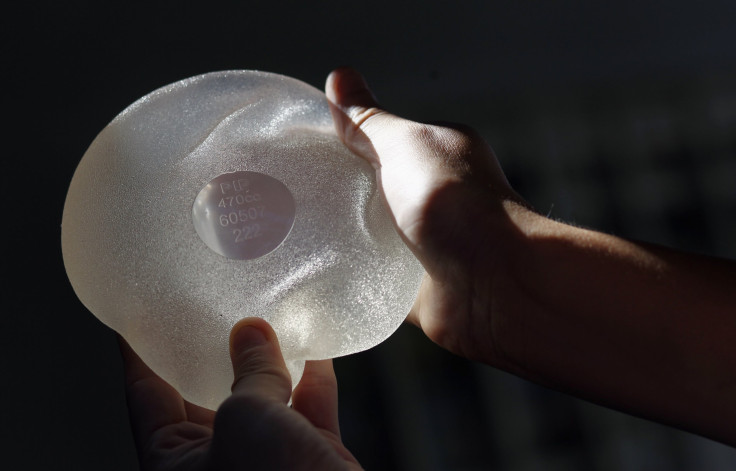Want Breast Implants? Here Are 7 Things You Should Know

Breast augmentation is one of the most common procedures in the U.S. According to the American Society of Plastic Surgeons, it was the most requested cosmetic surgical procedures requested in 2014. If you’re ever thinking of getting a breast augmentation or reduction here are some things you should know.
1. You can choose what kind of implants you want:
There are two kinds: saline and silicone gel implants. Both have their pros and cons. You need to be over the age of 18 for saline implants and over 22 years of age for silicone implants. In 2014, 77 percent of the implants used were silicone ones. Silicone implants look and feel more realistic unlike saline ones which show certain ripples. However, it’s easier to detect leaks with saline implants as they visibly decrease in size if so. With silicone implants, leaks are much harder to detect due to their gel-like consistency.
2. Not every plastic surgeon you see is board certified:
You need to pick a professional and licensed surgeon for your surgery. Ask friends for recommendations. Make sure your surgeon is a member of the American Society of Plastic Surgeons and American Society for Aesthetic Plastic Surgery. Speak to other patients at the office and make sure your surgeon has experience with the kind of surgery you want.
3. Your breast implants are probably not a one-time thing:
As mentioned earlier, your implants could leak over time or pregnancy and weight loss can affect the shape of your breasts. Nearly 25 percent of women will need another surgery in ten years because implants don’t last forever.
4. You need to be healthy in order to get implants:
If you smoke, are obese or have a history of breast cancer in the family, you’re probably not the best candidate for the surgery. Your health status can cause adverse effects during or after the surgery. It’s best to be perfectly honest with your surgeon about any medications you take, your vices, past surgeries on your breasts, etc.
5. You can try out different sizes before picking what you like best:
Most clinics will offer what are called 'sizers'. 'Sizers' are bead-filled neoprene sacs with which you can stuff your bra. This will help you decide on what size works best for you.
6. There are significant risks associated with breast augmentation:
Bleeding, asymmetry and deflation are some of the downsides of getting implants. Although rare, infection and cancer risks also exist. You can also have trouble with getting a mammogram. The implant can affect the clarity of the mammogram by blocking certain areas of the breast.
7.You can’t exercise as much after your surgery:
There are exercise restrictions after your surgery. You can start with a light cardio a week after surgery although most women tend to extend the restrictions for up to 12 weeks after the surgery.



























